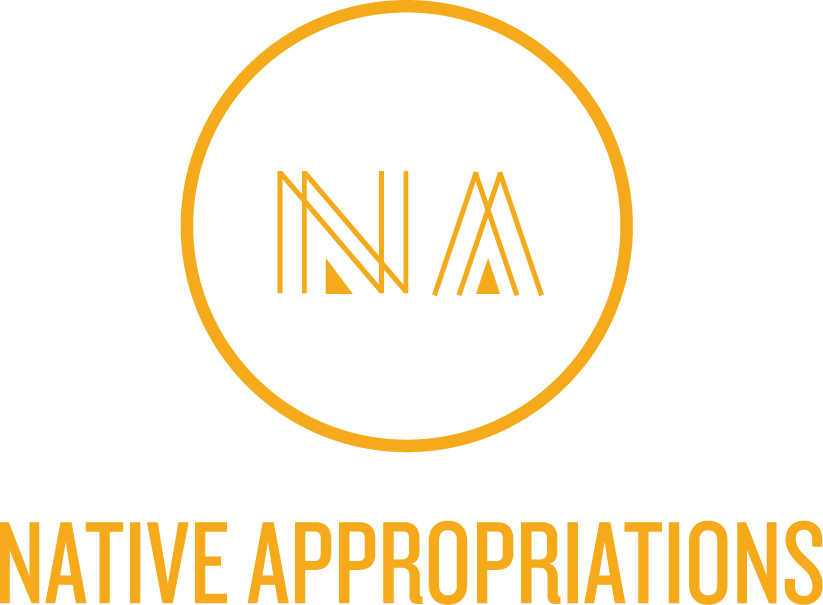I was killing some time a few days ago and wandered into Urban Outfitters in Harvard Square. It’s no secret that many hipsters have an obsession with all things Native (more on that in another post), but I was a little surprised at how many examples I found. The following were in the home decorations section.
This dream catcher (in such traditional neon colors!) retailed for $10, on the low end for Urban, and was made in India (ha).
These slippers/moccasins were in the same section, and came in brown and red as well. I saw them as a take on Alaska Native mukluks, though the use of geometric diamonds is a bit southwest/plains.
Finally, down in the bargain basement, I found this “totem pole jewelry stand.” You can see they weren’t huge sellers.
I got home and tried to look up these three on their website, to get product names, etc. and had no luck, but did manage to find a few other examples online:
The Booty Buddy Blanket  The comments section refers to it as “the hipster snuggie.”
The comments section refers to it as “the hipster snuggie.”
there is a lot to say about this one, not least of which is the antiquated spelling of Navajo and the plains-style beading.
 even more examples: Native Socks, Cement Chief Necklace (yes that is a tiny headdress), and Geo Beaded Cuff. There are more, if you go to their website and just search “Native” or “Tribal.”
even more examples: Native Socks, Cement Chief Necklace (yes that is a tiny headdress), and Geo Beaded Cuff. There are more, if you go to their website and just search “Native” or “Tribal.”


Comments
for the Booty Buddy Blanket, on the website it says that it is “Southwestern” I love how all Navajo, Zuni, Pueblo designs are now categorized as “Southwestern” which totally removes the connection to Native peoples and associates products with a region more than the people who lived in that region. It is a very good marketing ploy because it isn’t as sticky as creating a Native themed item and trying to accurately describe what culture it was appropriated from.
I have so many issues with this type of commercial appropriation….so separating out what is the biggest one to address for me is difficult, but I will try…For me, I the money that BIG CORPS make off o these cheaply made knock offs, when the real deal is still being made and sold in many First Nations communities and worse how it puts them in competition with these BIG CORPS. In Canada, in many places it is somehow illegal due to political genocidal laws, for First Nations communities to even sell their own work, yet these companies apparently have no laws stopping them. On top of that, it sells an ‘idea’ of First Nations culture which as you point out (neon colors, tote pole jewelry hangers) which teaches nothing about the rich meaning or cultural significance of these items. It cheapens them.
Possibly the only positive I can mention about this appropriating by big companies and fashion houses, is that it has had the effect of bringing young non-native people into the discussion. The ‘hating’ on the hipsters has to stop as so many of them have been drawn to the First Nations Culture not because it is ‘fashionable to do so, but rather because they have told me they are curious (as they know they have not been taught properly in school anything regarding First Nations people) They want to have a life of meaning…and perhaps they have romanticised visions of First nations cultures, as being much superior to their own culture of empty and endless consumerism…which frankly, I might have to agree with myself. The young, non native kids of today are rebelling against a system they recognize as tyrannical and oppressive, and by aligning themselves with the oppressed, (albeit in possibly a confused way) they want to show their solidarity and curiosity. May non-native young people and even some not so young, no longer want to be associated with those European colonial ancestors and their genocides…Many wish they could revoke their own white privilege…but they perhaps need more than anything guidance from Fist Nations People themselves, to help do this.